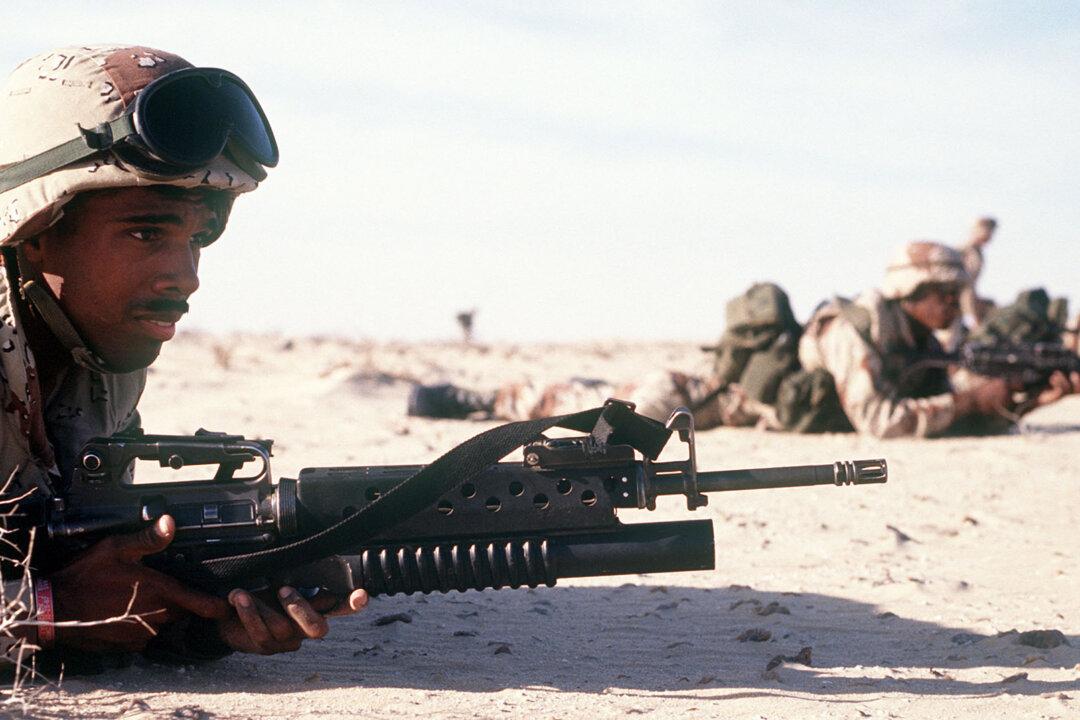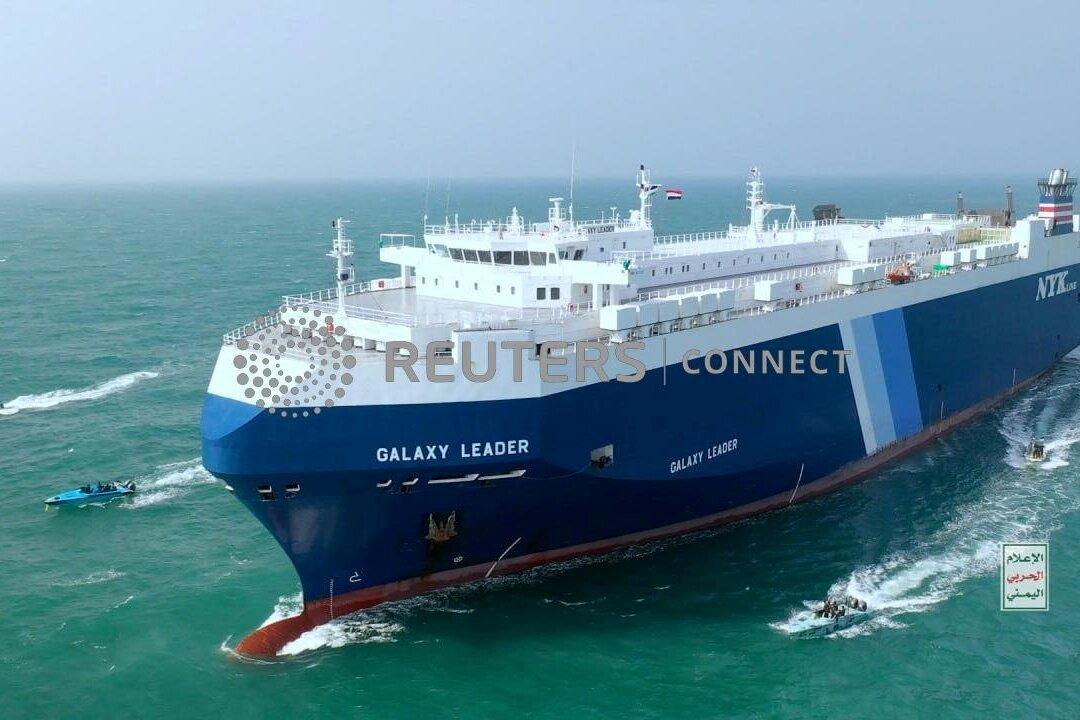Commentary
On Aug. 2, 1990, Iraqi dictator Saddam Hussein’s elite Republican Guard tanks and mechanized infantry invaded oil-rich Kuwait, igniting a war that would have several names, among them Kuwait War and Persian Gulf War. Though the war’s major combat operation, Desert Storm, didn’t begin until January 1991, Desert Storm would become the pop nickname for the conflict, all but erasing from media talking-head memory its predecessor, Operation Desert Shield.





